Havana.
-Breakfast.
-Walk the Old Town.
CALLE OBISPO( Bishop Street)
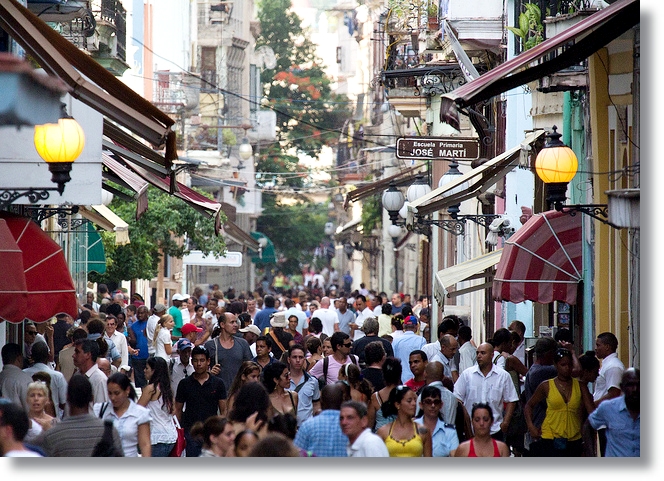 It is a long, narrow street that runs through the heart of the Old Town. Bishop is a very busy street full of stores, restaurants and interesting people. That street will lead us to the following places: Catedal de La Catedal, Catedal de San Cristobal, Palacio de Marqueses, Museo de arte Colonial, Plaza de armas, Castillo de La Real Fuerza, Museo de la navegacion, muceo de la ciudad, Convento de San Francisco, Plaza vieja, Planetario, Calle mercaderes, Museo Maqueta Habana, La Bodeguita del Medio, Palacio Conde Lombillo, Palacio Marques de Arcos, Palacio del Segundo Cabo, El Templete, Museo del automobil, casa de la obra Pia, Edificio Bacardi, Plaza del Cristo, Museo Casa natal Jose Marti, Iglesia san Francisco de Paula, Casa Alejando de Humboldt, Centro cultural Pablo de La Torriente Brau, Museo de Naipes, Museo Nacional, Centro de arte Casona, Museo Simon Bolibar, Museo Armeria 9 de Abril, Museo del Chocolate, Museo Casa Asia, Museo Africa, Museo Mexico Benito Juares, Museo del tabaco, Museo Oswaldo Guayasamin, Museo Natico, Museo CDR, Museo Orferia, Museo Pintura Mural, Museo Farmacia, Convento santa Clara, Iglesia del santo Cristo Buen Viaje, Iglesia del santo Angel Custodio.
It is a long, narrow street that runs through the heart of the Old Town. Bishop is a very busy street full of stores, restaurants and interesting people. That street will lead us to the following places: Catedal de La Catedal, Catedal de San Cristobal, Palacio de Marqueses, Museo de arte Colonial, Plaza de armas, Castillo de La Real Fuerza, Museo de la navegacion, muceo de la ciudad, Convento de San Francisco, Plaza vieja, Planetario, Calle mercaderes, Museo Maqueta Habana, La Bodeguita del Medio, Palacio Conde Lombillo, Palacio Marques de Arcos, Palacio del Segundo Cabo, El Templete, Museo del automobil, casa de la obra Pia, Edificio Bacardi, Plaza del Cristo, Museo Casa natal Jose Marti, Iglesia san Francisco de Paula, Casa Alejando de Humboldt, Centro cultural Pablo de La Torriente Brau, Museo de Naipes, Museo Nacional, Centro de arte Casona, Museo Simon Bolibar, Museo Armeria 9 de Abril, Museo del Chocolate, Museo Casa Asia, Museo Africa, Museo Mexico Benito Juares, Museo del tabaco, Museo Oswaldo Guayasamin, Museo Natico, Museo CDR, Museo Orferia, Museo Pintura Mural, Museo Farmacia, Convento santa Clara, Iglesia del santo Cristo Buen Viaje, Iglesia del santo Angel Custodio.
EL FLORIDITA(The Small Florida)
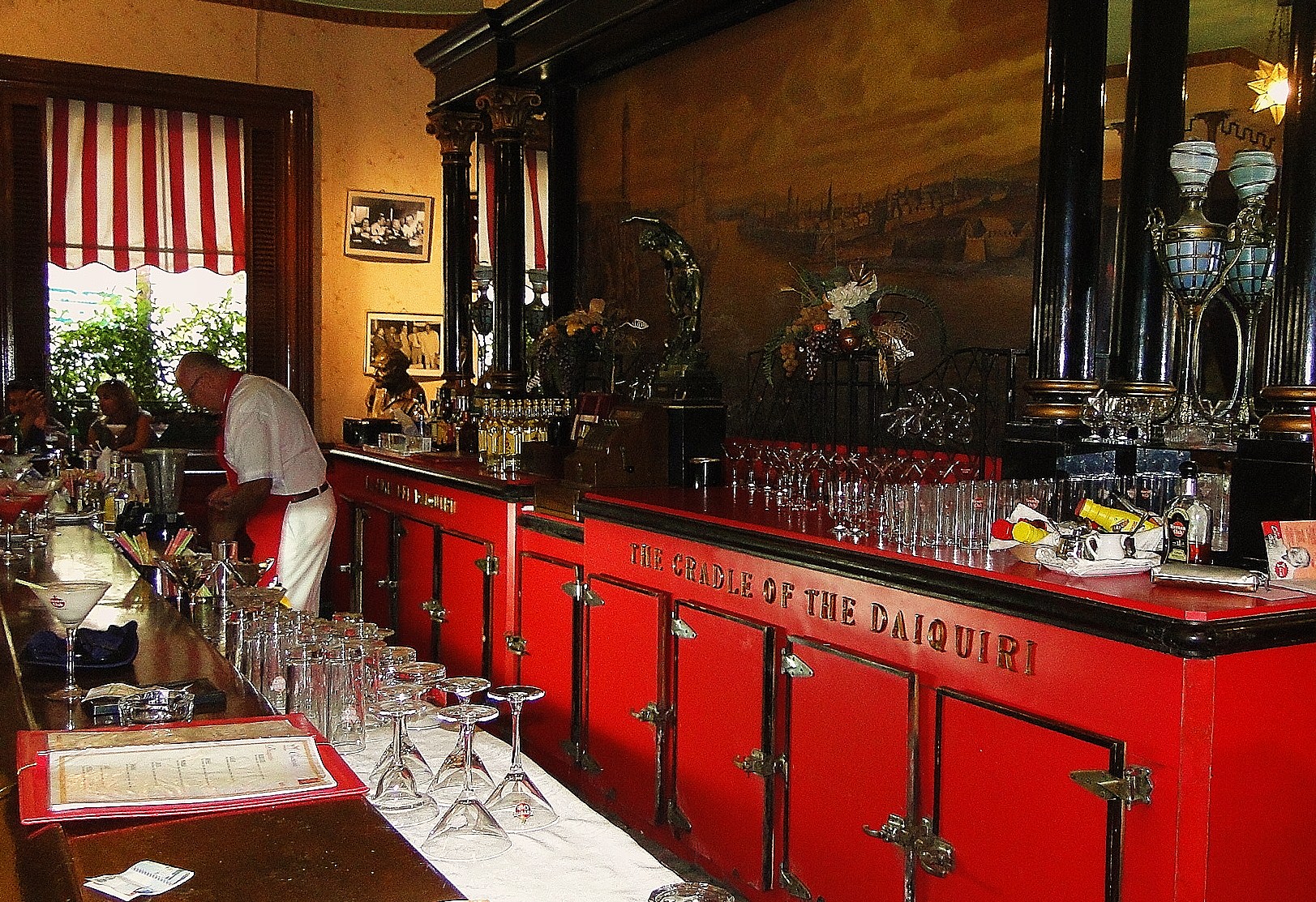 Is a historic fish restaurant and cocktail bar. The establishment is famous for its daiquiris and for having been one of the favorite hangouts of Ernest Heminguay. It opened in 1817 with the name "La Piña de Plata" (The Silver Pineapple). 100 years later, the large number of North American tourists persuaded the owner to change the name to "El Florida"
Is a historic fish restaurant and cocktail bar. The establishment is famous for its daiquiris and for having been one of the favorite hangouts of Ernest Heminguay. It opened in 1817 with the name "La Piña de Plata" (The Silver Pineapple). 100 years later, the large number of North American tourists persuaded the owner to change the name to "El Florida"
RUM MUSEUM (Havana Club)
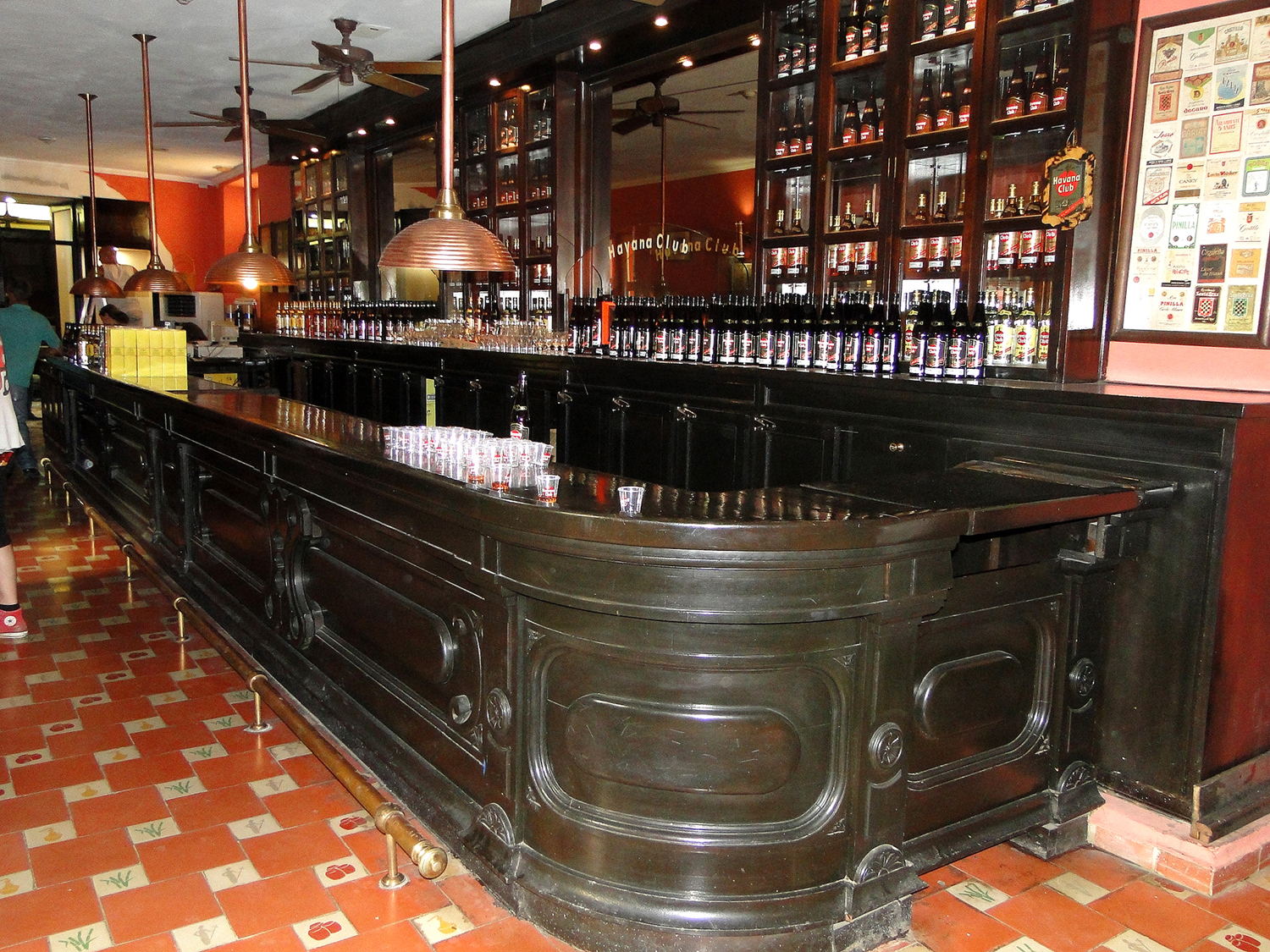 The museum offers a real-time experience of the rum-making process, from freshly cut stalks of sugar cane to a distillery and ageing cellars, as well as a taste of true Cuban rum culture.
The museum offers a real-time experience of the rum-making process, from freshly cut stalks of sugar cane to a distillery and ageing cellars, as well as a taste of true Cuban rum culture.
LA BODEGUITA DEL MEDIO
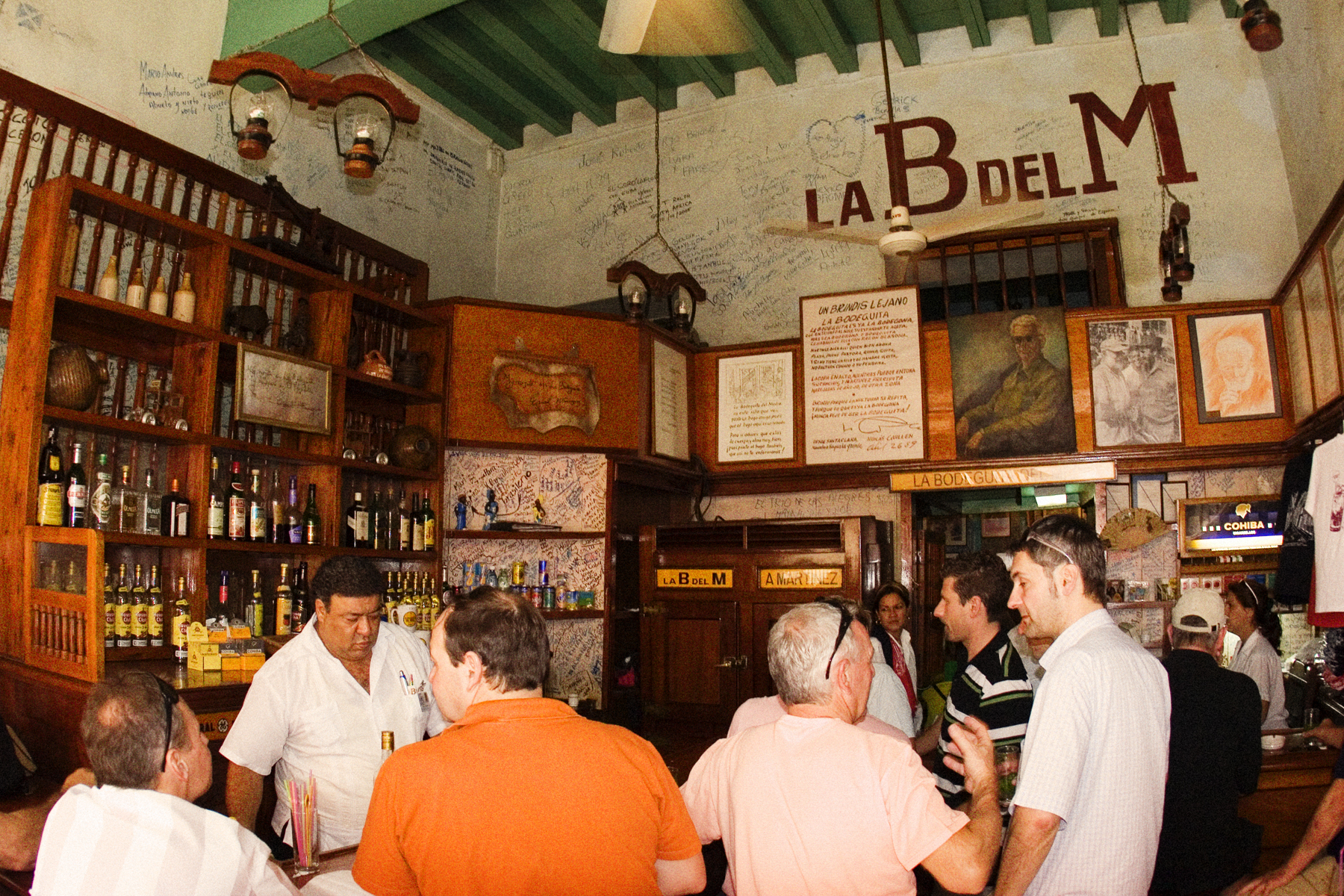 A typical restaurant-bar, famous tourist destination and the birthplace of the Mojito cocktail, prepared in the bar since its opening in 1942. The rooms are full of curious objects, frames, photos, as well as the walls covered by signatures of famous or unknown customers, recounting the island’s past.
A typical restaurant-bar, famous tourist destination and the birthplace of the Mojito cocktail, prepared in the bar since its opening in 1942. The rooms are full of curious objects, frames, photos, as well as the walls covered by signatures of famous or unknown customers, recounting the island’s past.
LA CATEDRAL
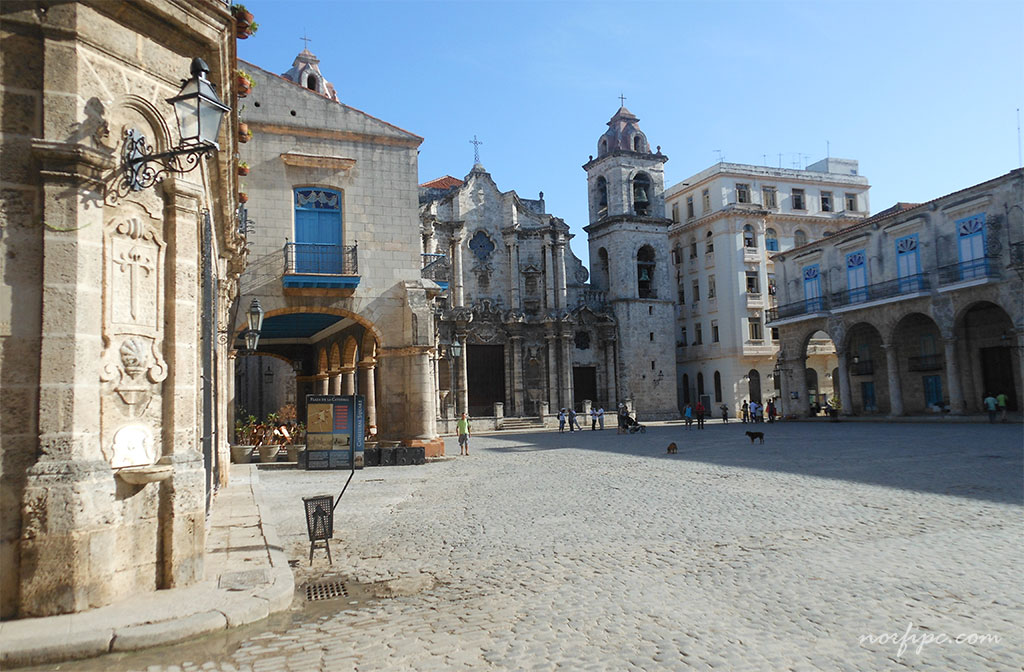
The church was built year 1777 and is one of the best Baroque architecture in Cuba. Is constructed from blocks of coral cut from sources in the Gulf of Mexico's ocean floor. Preserved marine fossils are present in the facade. The tower contains two bells that were cast with gold and silver mixed into bronze which gives them an elegant and sweeter tone. The square is located on the site of a swamp that was drained and used as a naval dockyard before the cathedral was built.
FERIA ARTESANAL (Craft Fair)
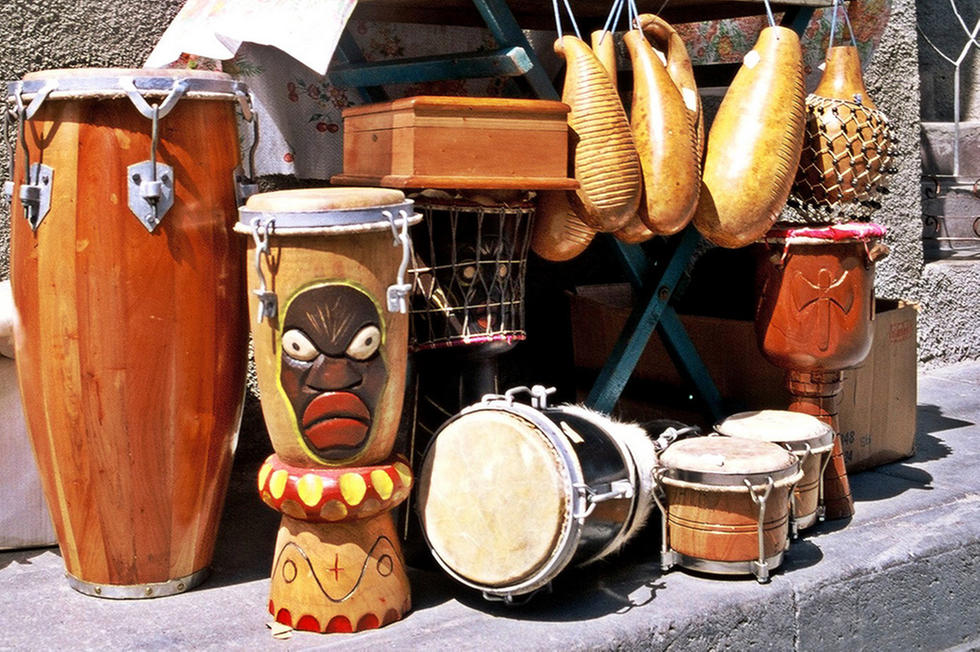 Cuba's largest fair there cellers exhibit the artist works. Here you can buy souvenirs, from decorative objects to musical instruments.
Cuba's largest fair there cellers exhibit the artist works. Here you can buy souvenirs, from decorative objects to musical instruments.
It is a busy place with over 100 booths indoors. The perfect moment for delight the Cuban arts, walking around with a cigar in one hand and in the other hand a glass of rum.
PLAZA VIEJA (Old Square)
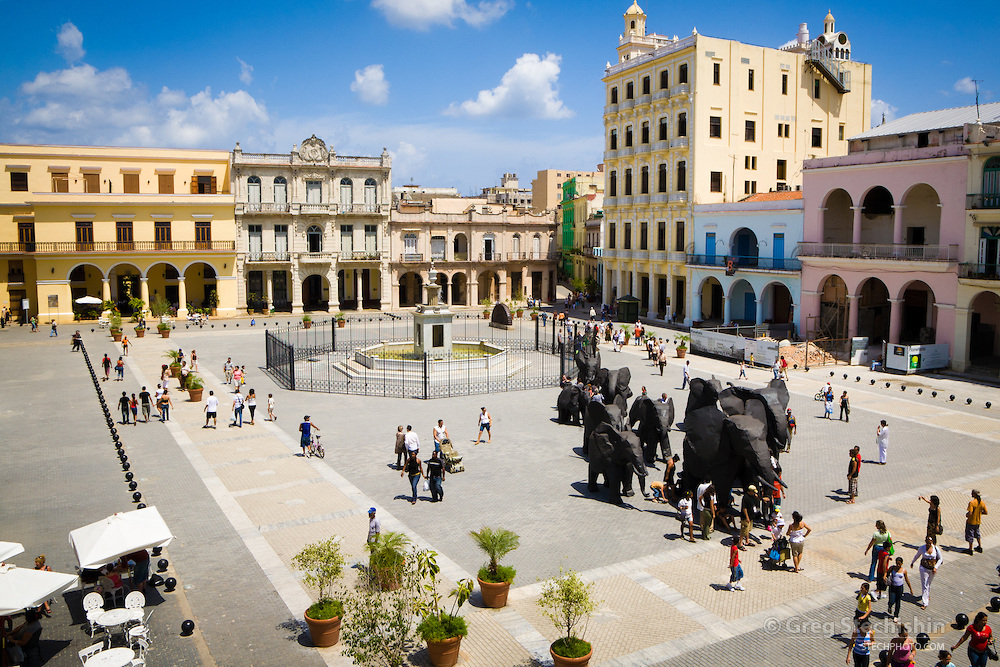 It emerged as an open space in 1559. In colonial times it was a residential neighborhood of the social class in the hierarchy of the overseas colonies established by Spain. Plaza Vieja was the site of executions, processions, bullfights, and fiestas - all witnessed by Havana's wealthiestcitizens, who looked on from their balconies.
It emerged as an open space in 1559. In colonial times it was a residential neighborhood of the social class in the hierarchy of the overseas colonies established by Spain. Plaza Vieja was the site of executions, processions, bullfights, and fiestas - all witnessed by Havana's wealthiestcitizens, who looked on from their balconies.
The urban architectural complex of Plaza Vieja is represented by valuable colonial buildings from the XVII century.
PLAZA DE ARMAS (Weapon Square)
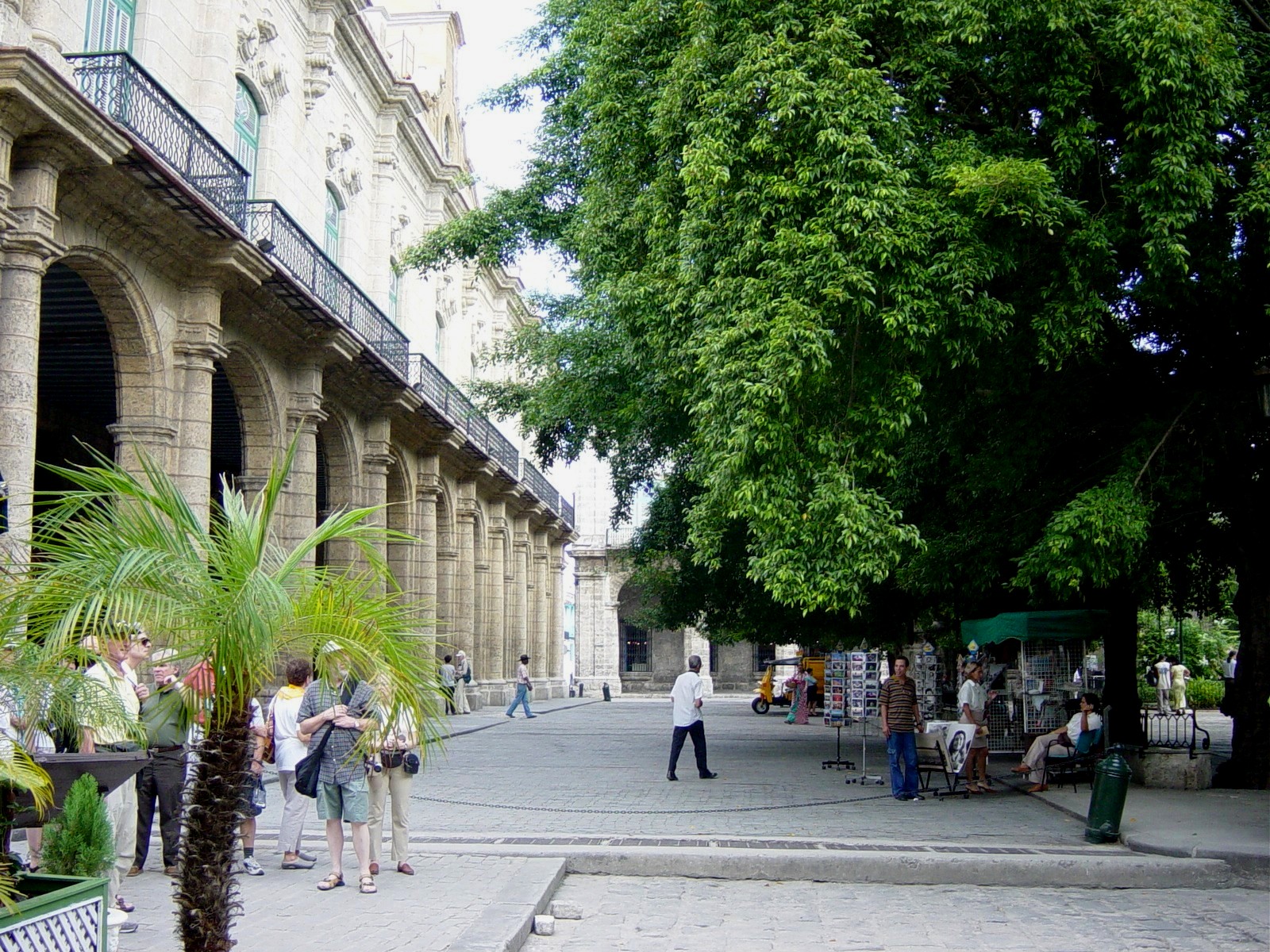 It is the place where you can find antique objects with low prices. Here comes collectors and sellers of Havana to expose or buy goods.
It is the place where you can find antique objects with low prices. Here comes collectors and sellers of Havana to expose or buy goods.
The place is a leafy park surrounded by traditional live music from nearby restaurants. It is one of my places to enjoy a good cigar after seeing the goods brought by the sellers. Relax, listen to music and watch the daily life of local people!
E V E N I N G P R O G R A M
TROPICANA
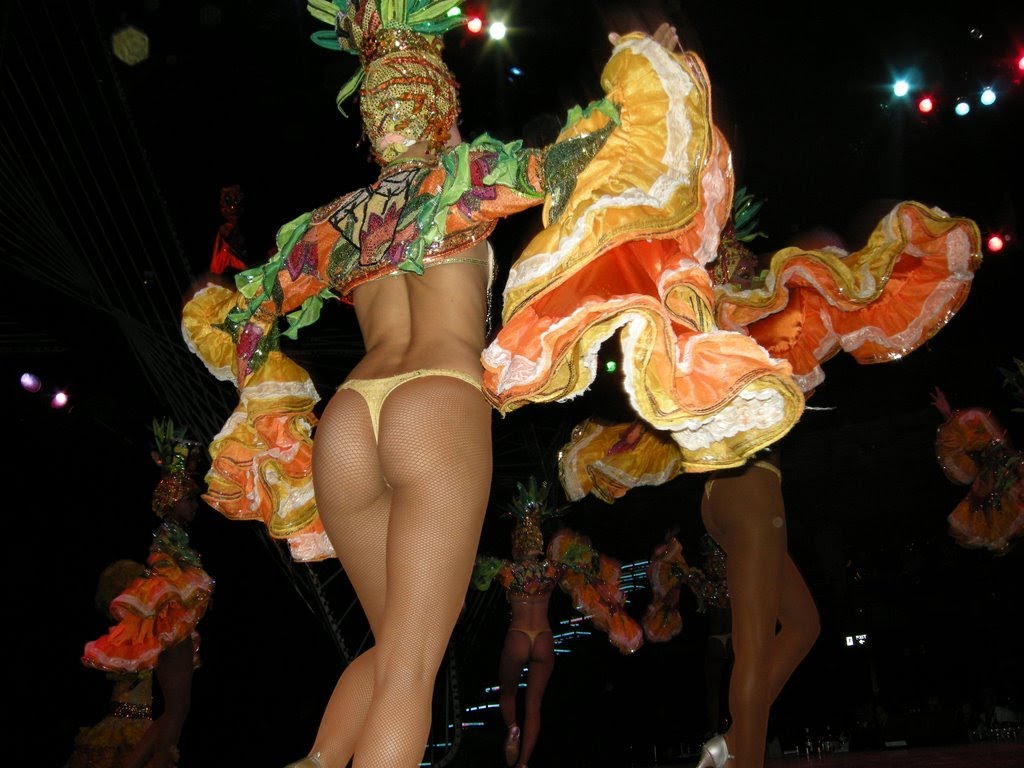 Tropicana, The most spectacular of the cabarets to open sky. A unique place in the world to enjoy the Caribbean music in all their color. An art extravaganza to multiply the Cuban happiness of a true tropical night.
Tropicana, The most spectacular of the cabarets to open sky. A unique place in the world to enjoy the Caribbean music in all their color. An art extravaganza to multiply the Cuban happiness of a true tropical night.
Cabaret Tropicana was built in 1939. Once considered a risk taken by an entrepreneur who decided to open a restaurant with night club entertainment. Today Cabaret Tropicana is one of Havana’s most popular tourism venues.
Tropicana Cabaret is located in vibrant forest with large majestic trees, such as Royal Palms, Mango trees, Cedar and many others, giving the theater its cool tropical feeling. Nat King Cole and many other celebrities were amongst the stars who have appeared on Tropicana’s illustrious stage. Performances are conducted right under the stars of Havana’s night sky.




